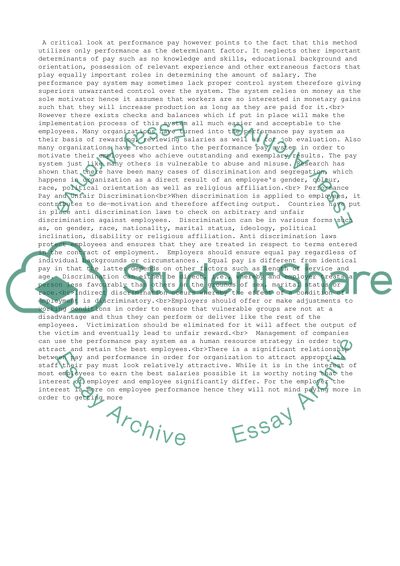Cite this document
(“Performance Related Pay Essay Example | Topics and Well Written Essays - 3750 words”, n.d.)
Performance Related Pay Essay Example | Topics and Well Written Essays - 3750 words. Retrieved from https://studentshare.org/business/1527329-performance-related-pay
Performance Related Pay Essay Example | Topics and Well Written Essays - 3750 words. Retrieved from https://studentshare.org/business/1527329-performance-related-pay
(Performance Related Pay Essay Example | Topics and Well Written Essays - 3750 Words)
Performance Related Pay Essay Example | Topics and Well Written Essays - 3750 Words. https://studentshare.org/business/1527329-performance-related-pay.
Performance Related Pay Essay Example | Topics and Well Written Essays - 3750 Words. https://studentshare.org/business/1527329-performance-related-pay.
“Performance Related Pay Essay Example | Topics and Well Written Essays - 3750 Words”, n.d. https://studentshare.org/business/1527329-performance-related-pay.


